THOR FROHN-NIELSEN, a Canadian reader of MB, describes his part-built model
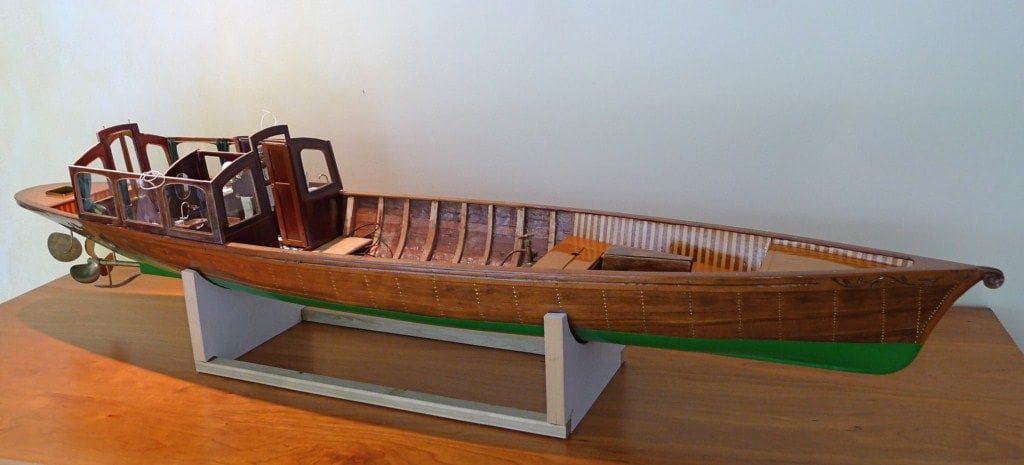
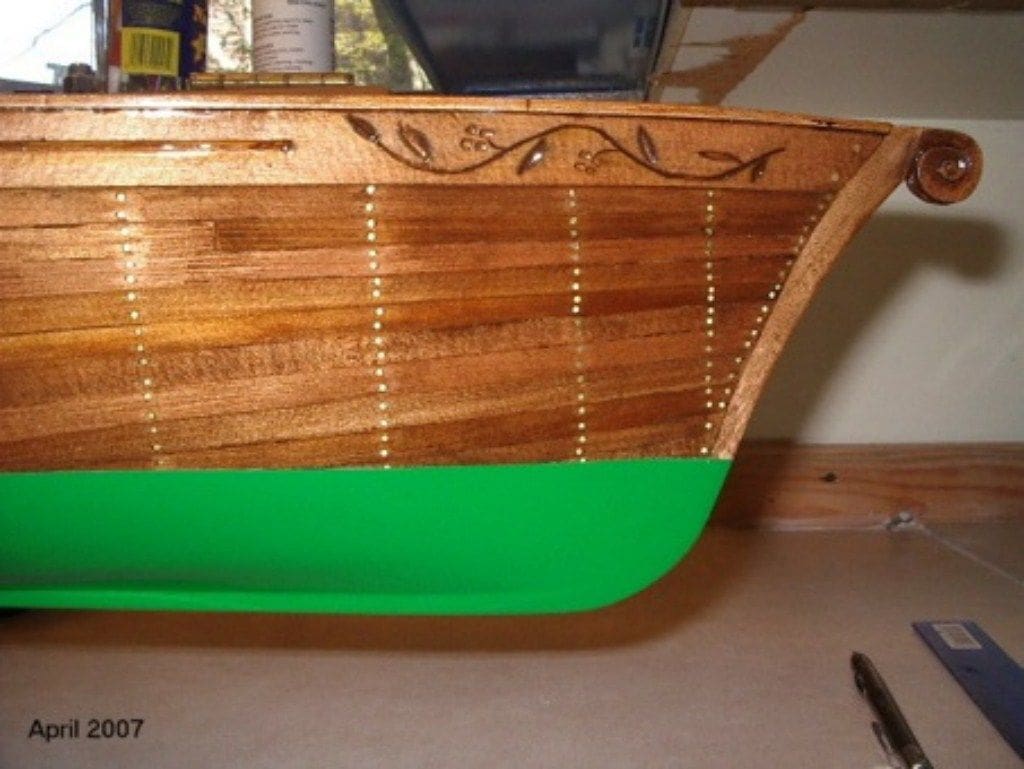
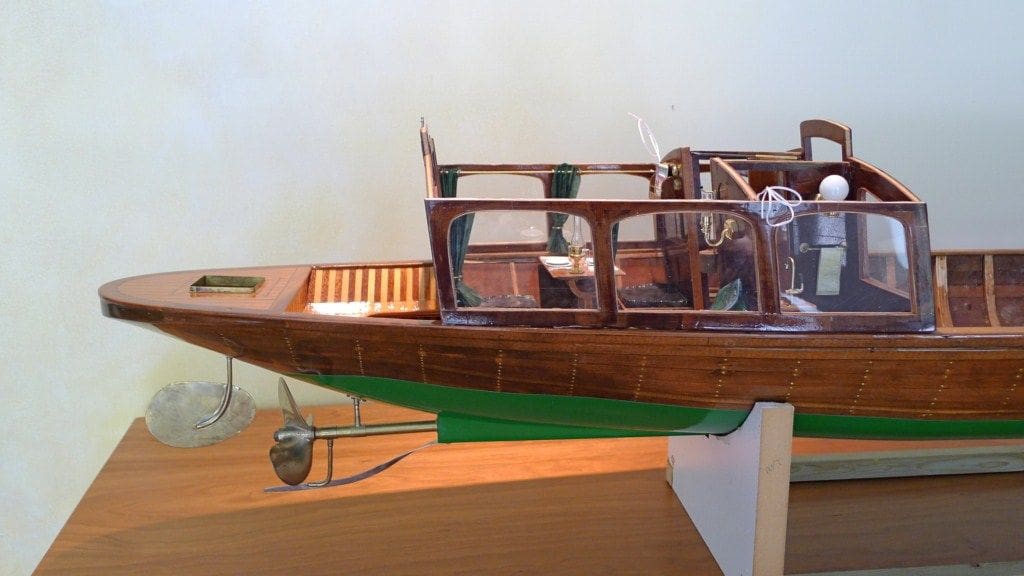
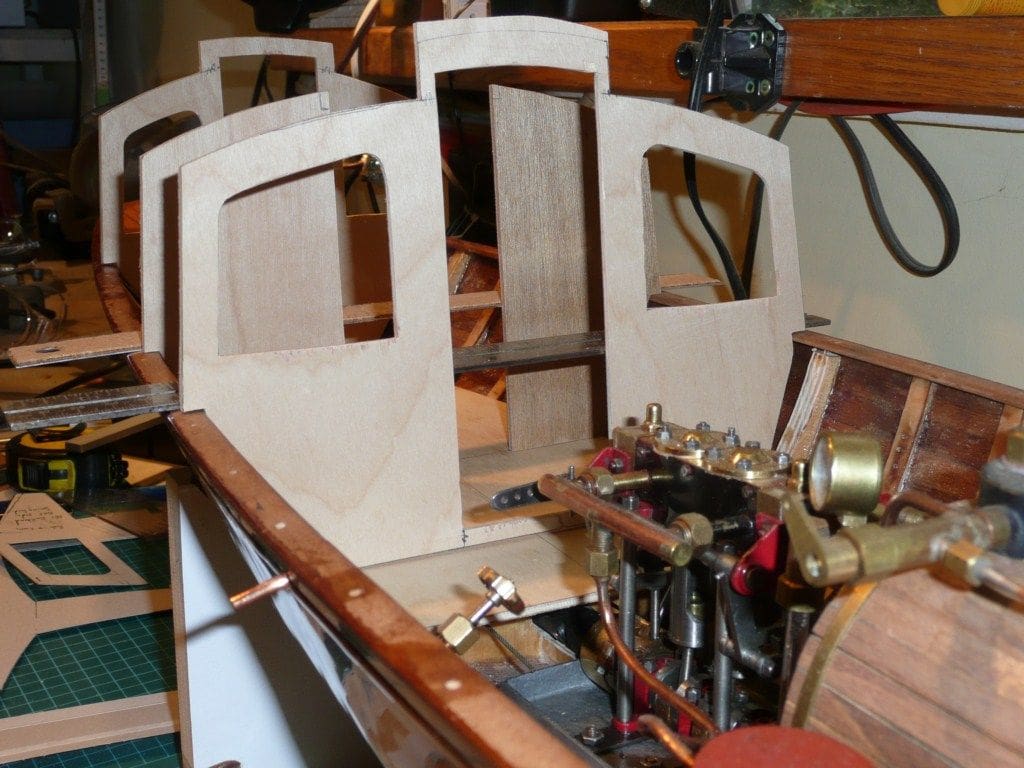
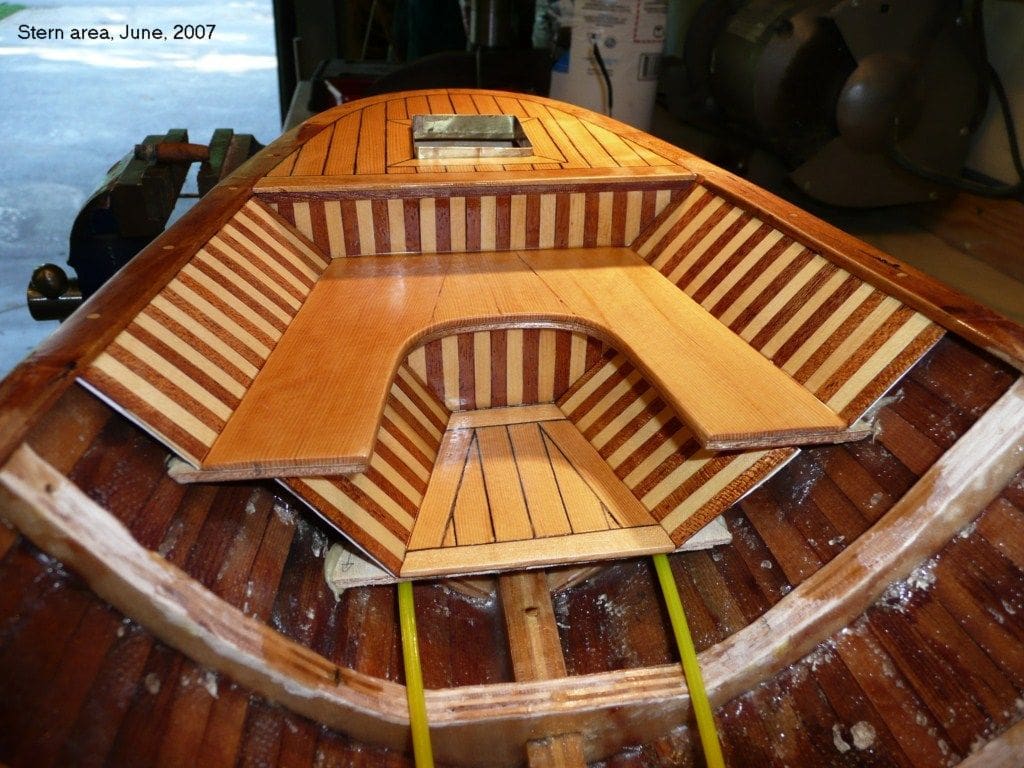
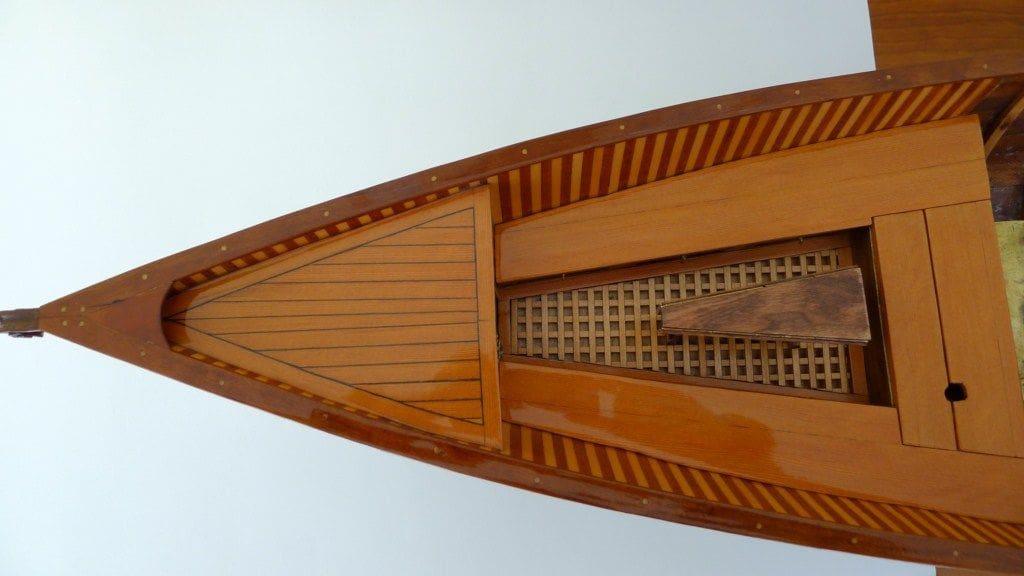
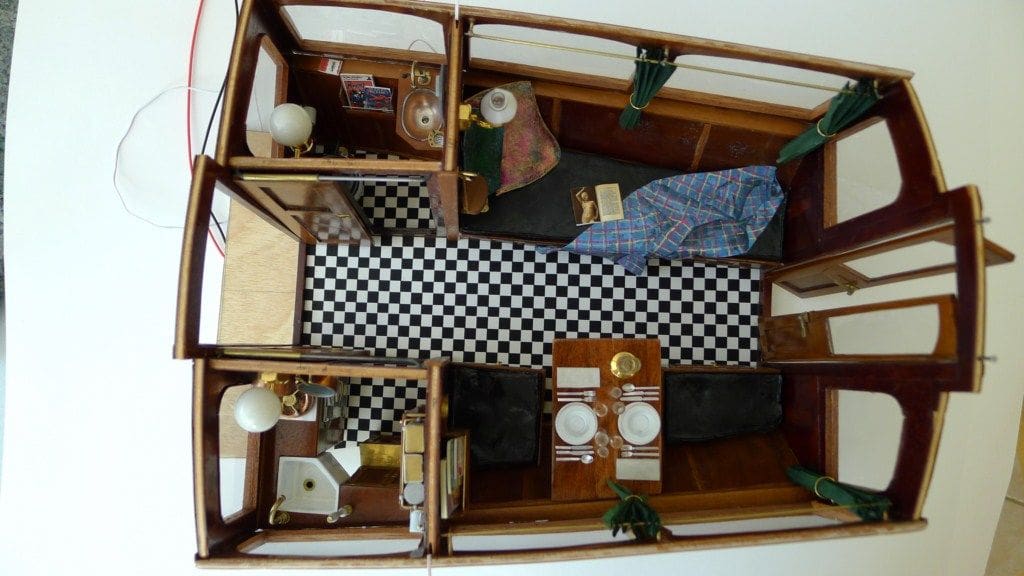
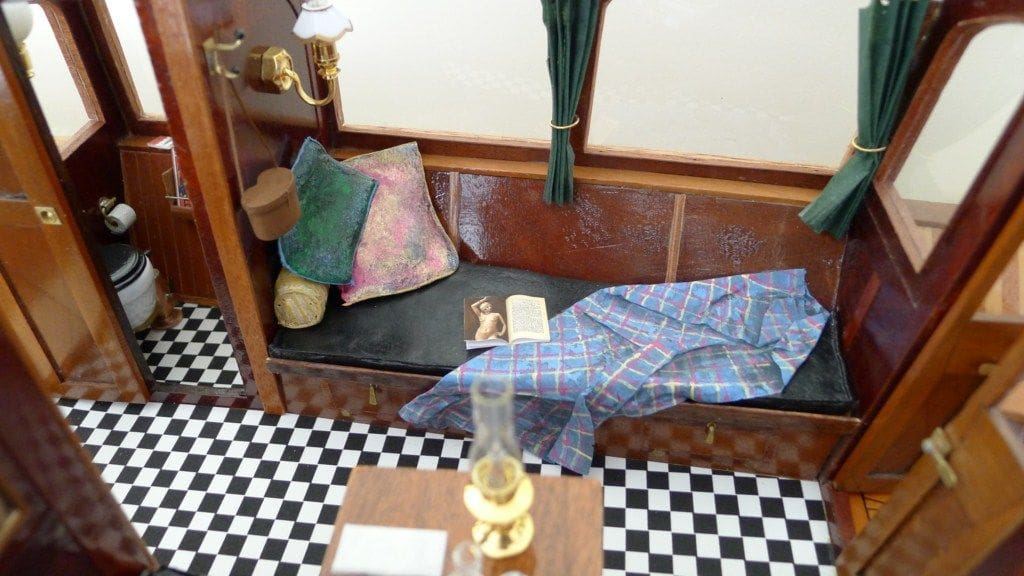
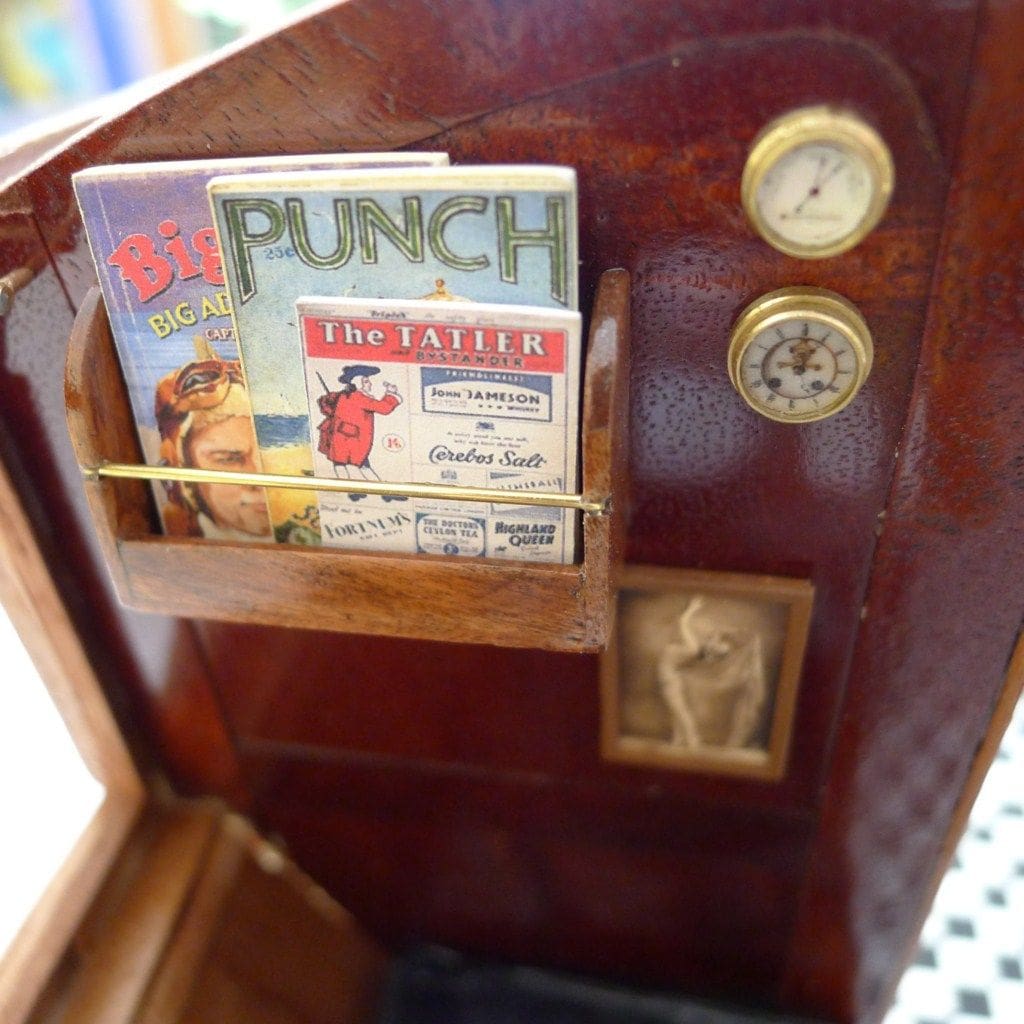
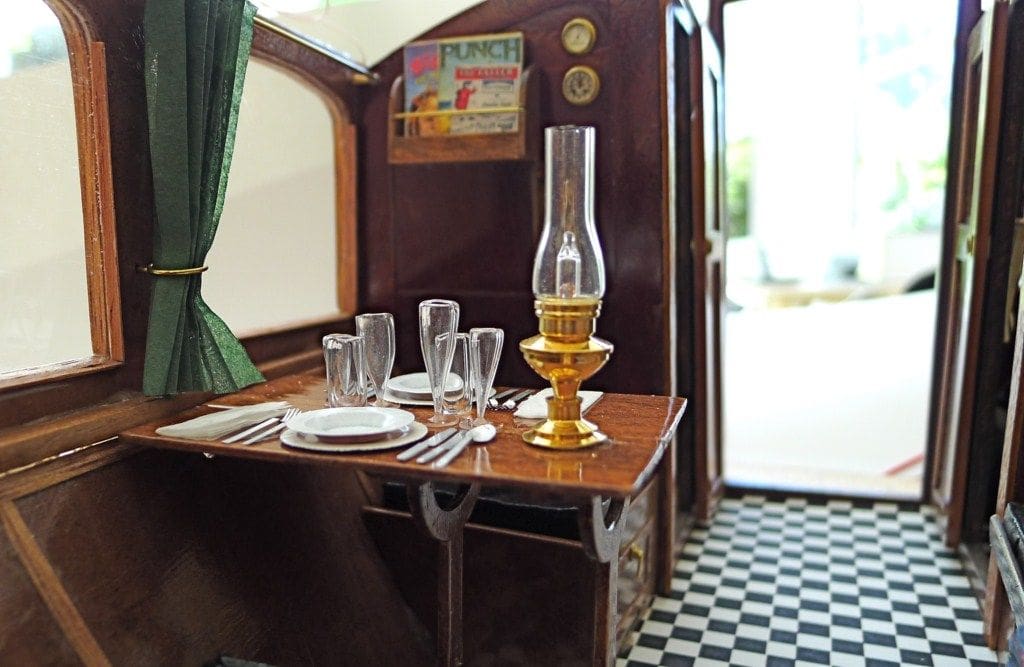
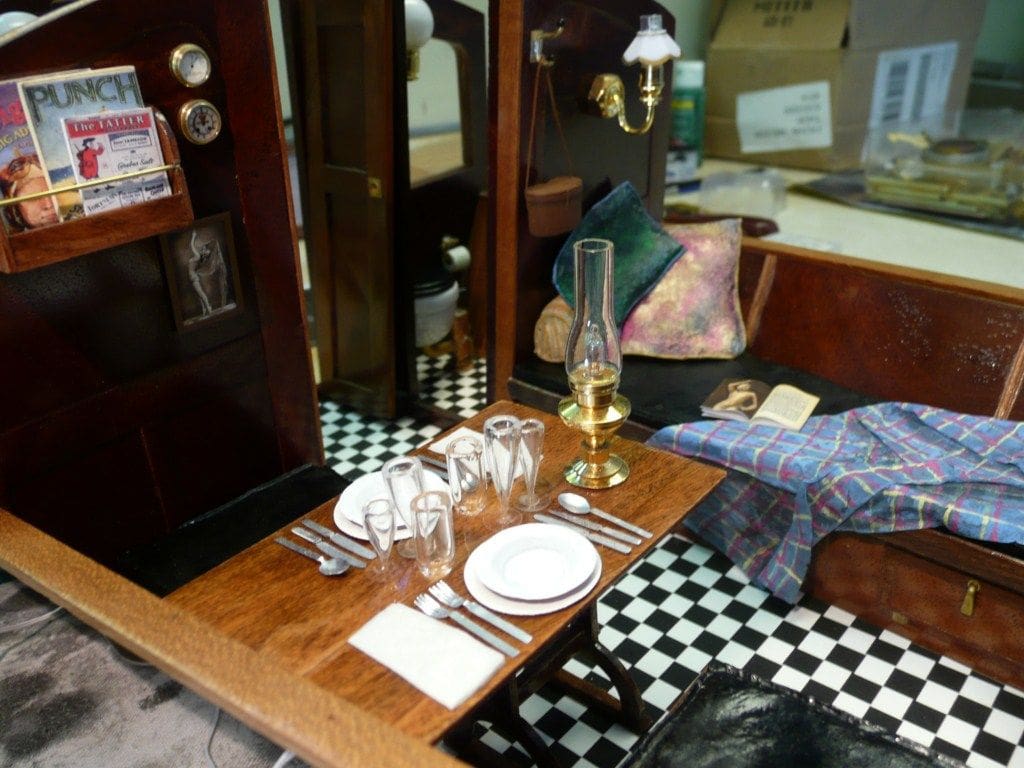
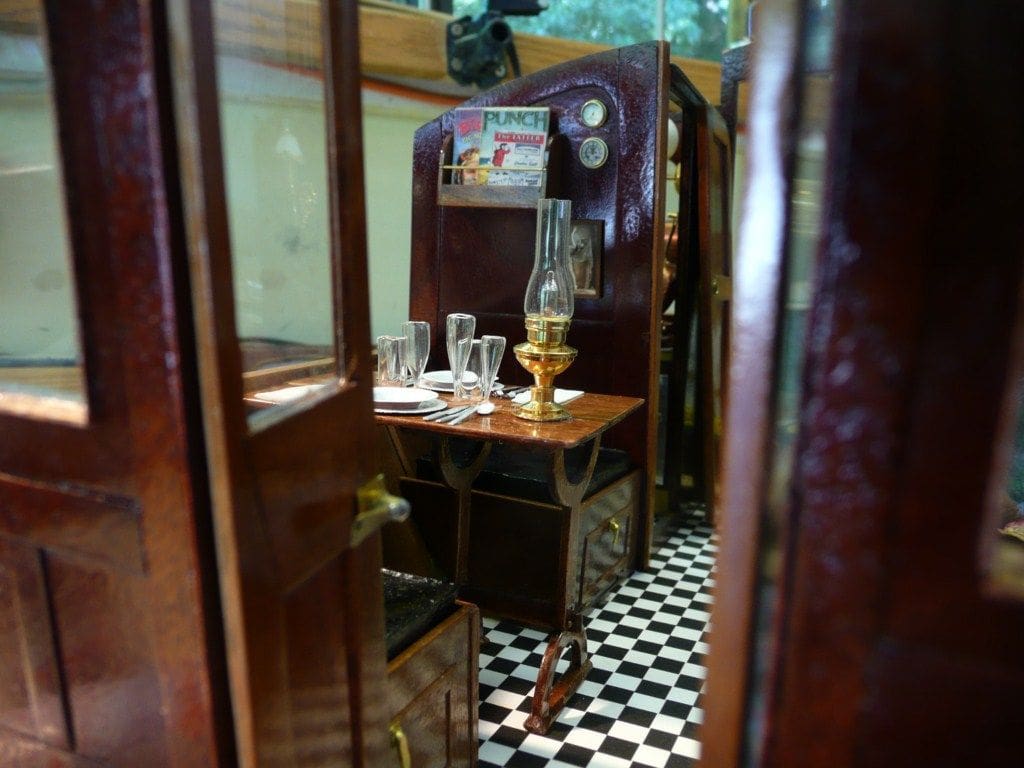
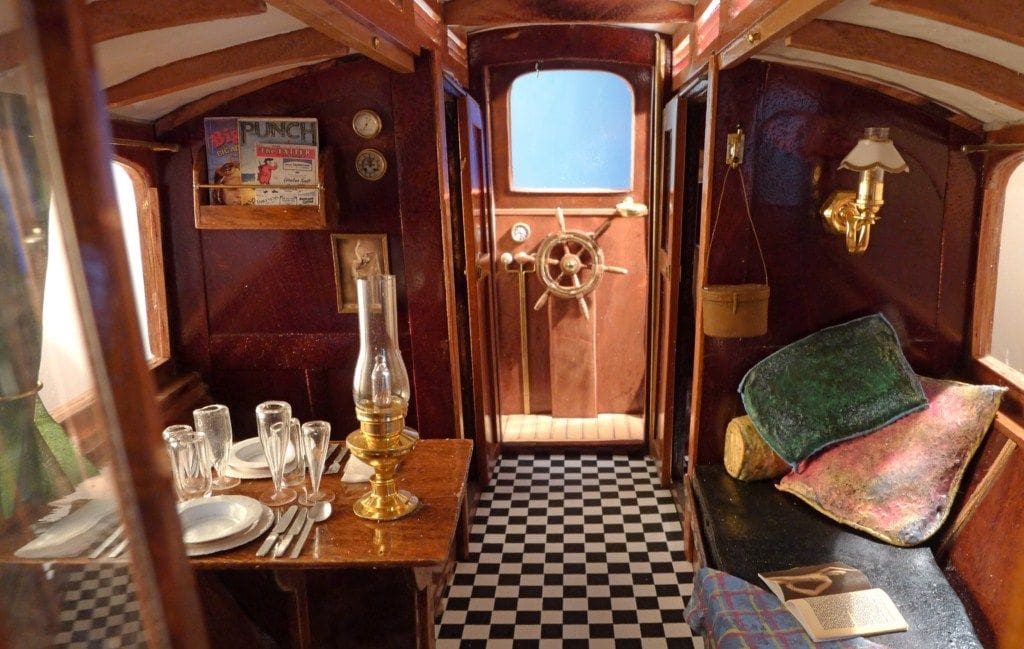
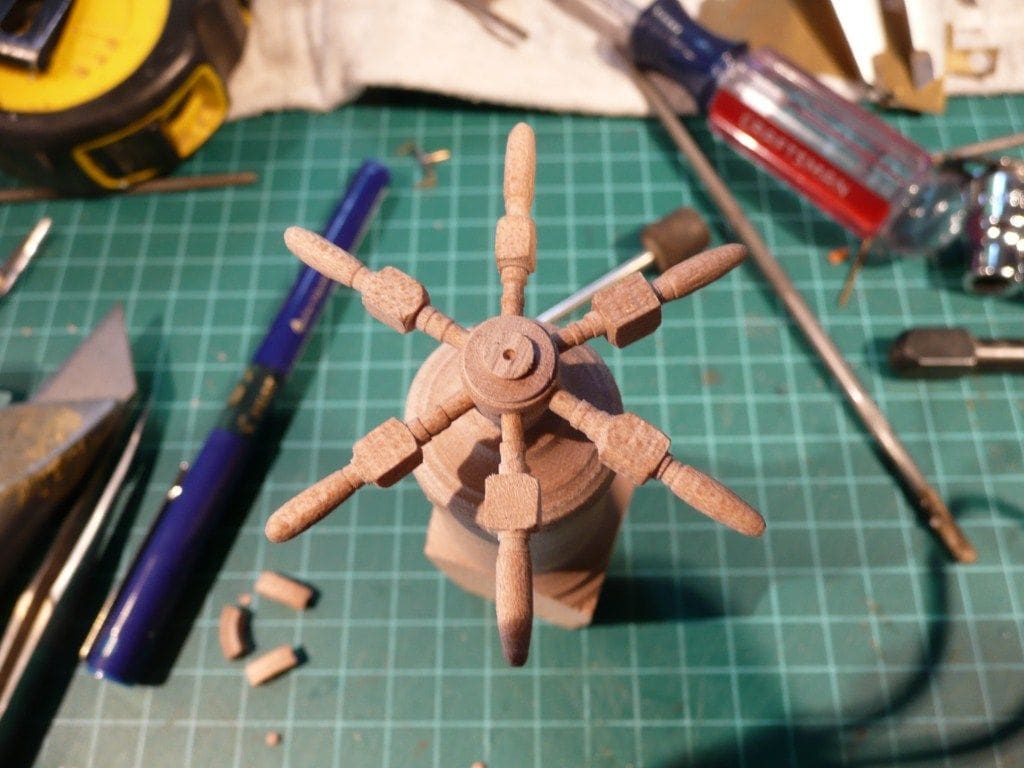
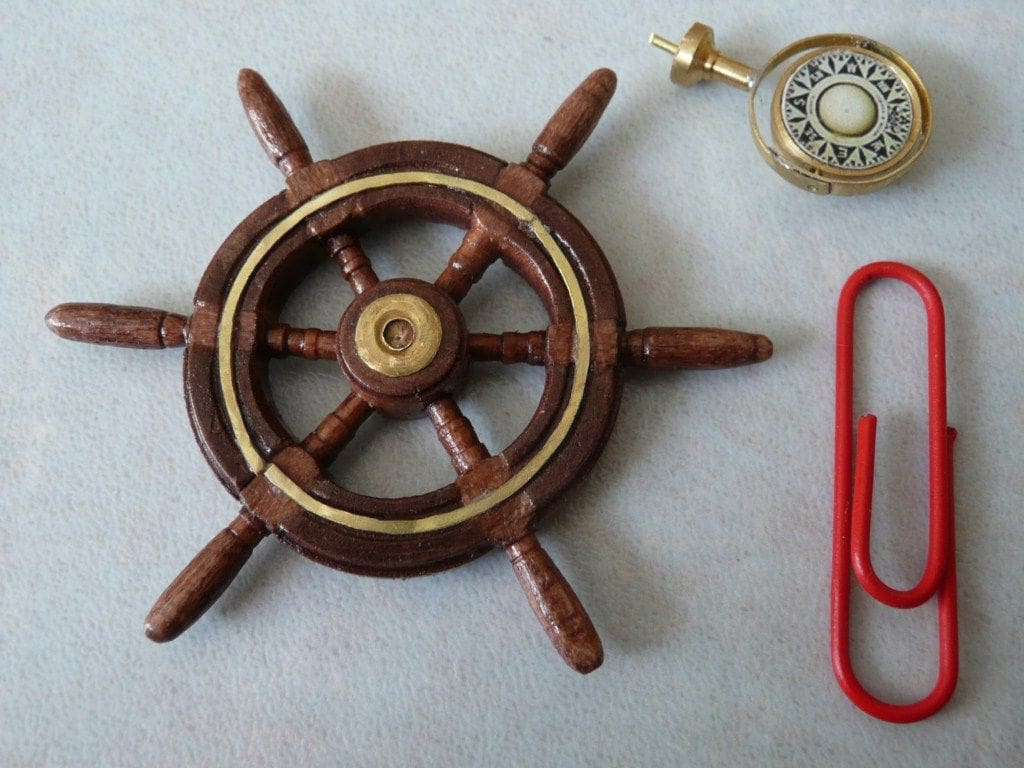
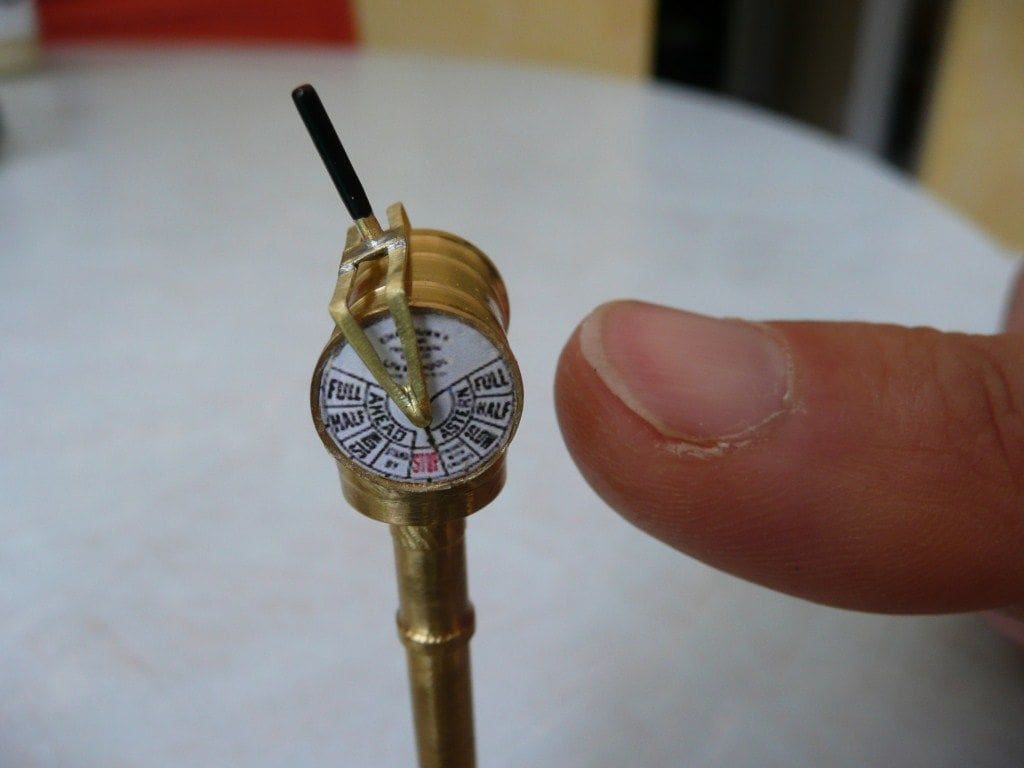
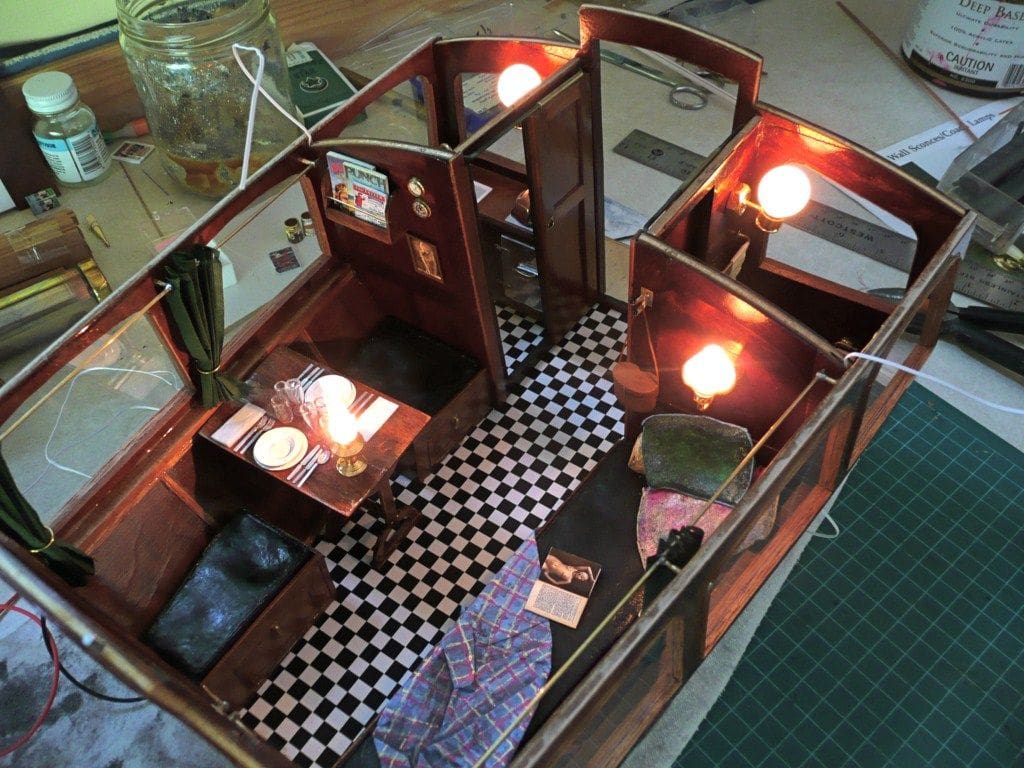
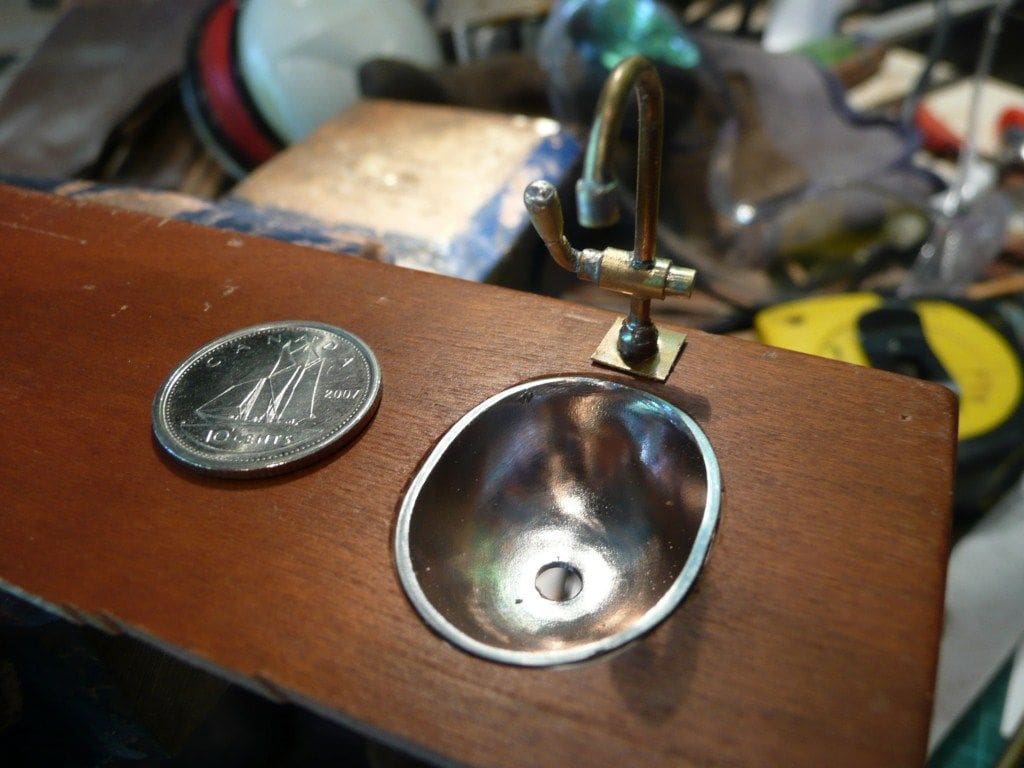
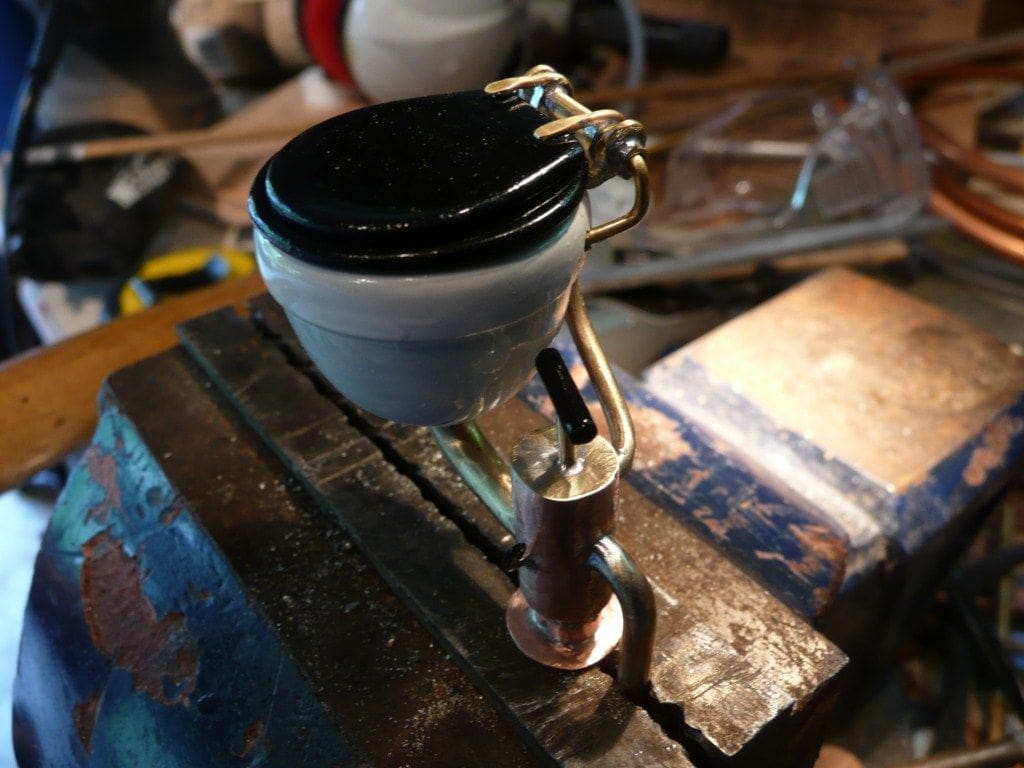
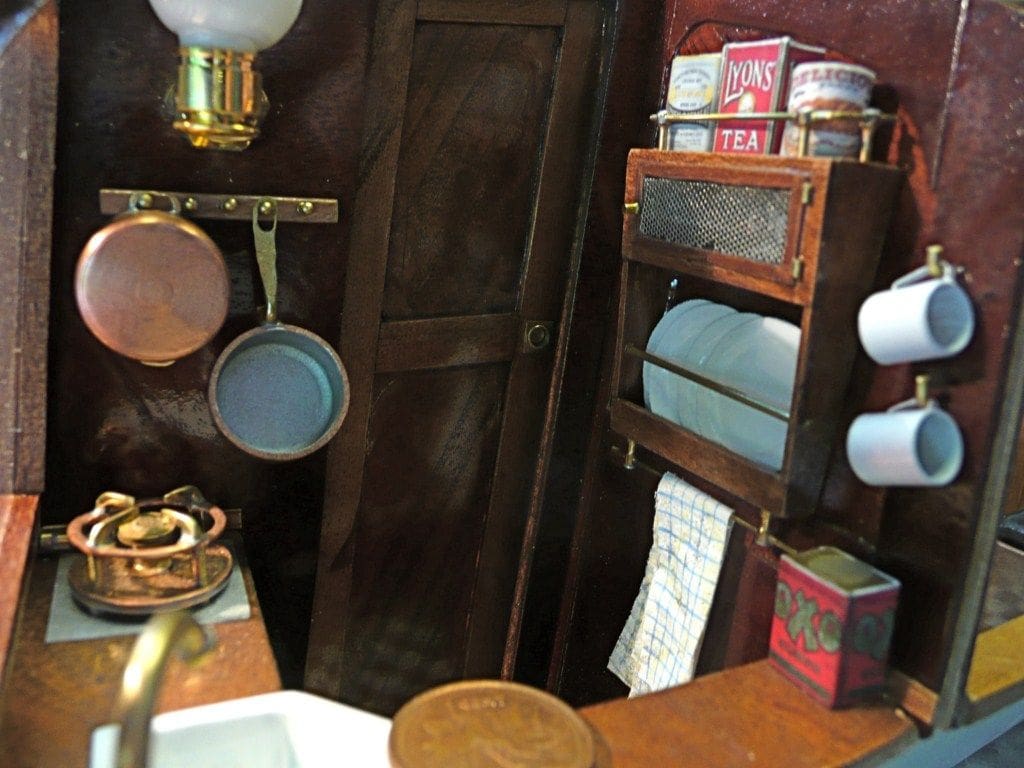
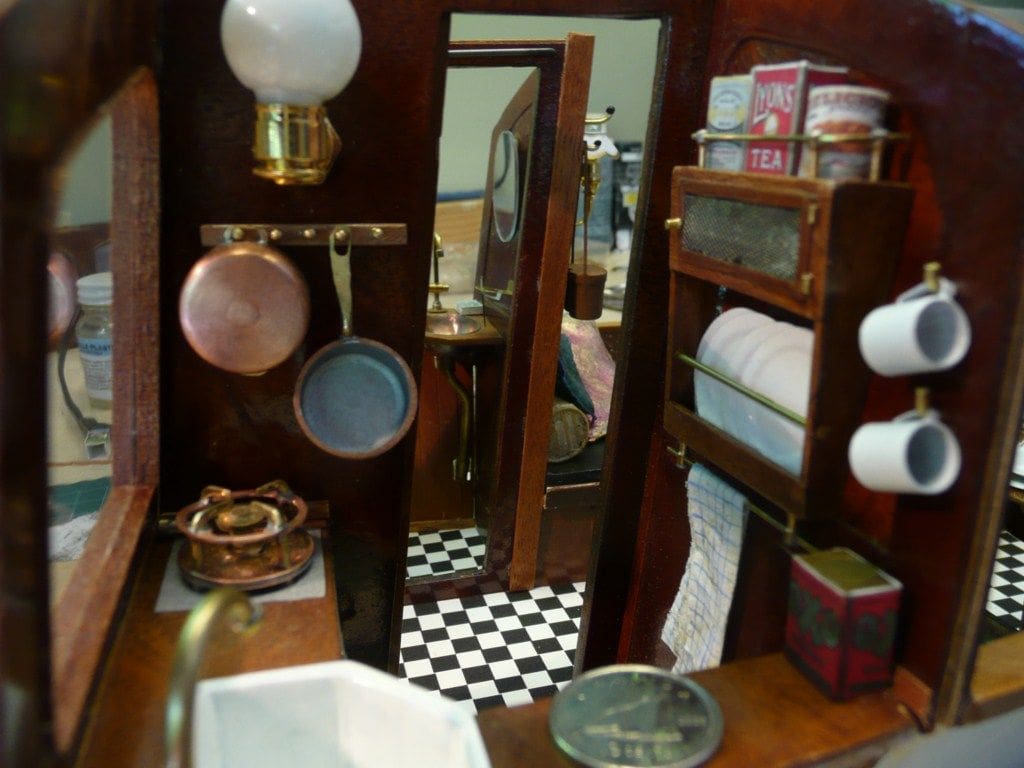
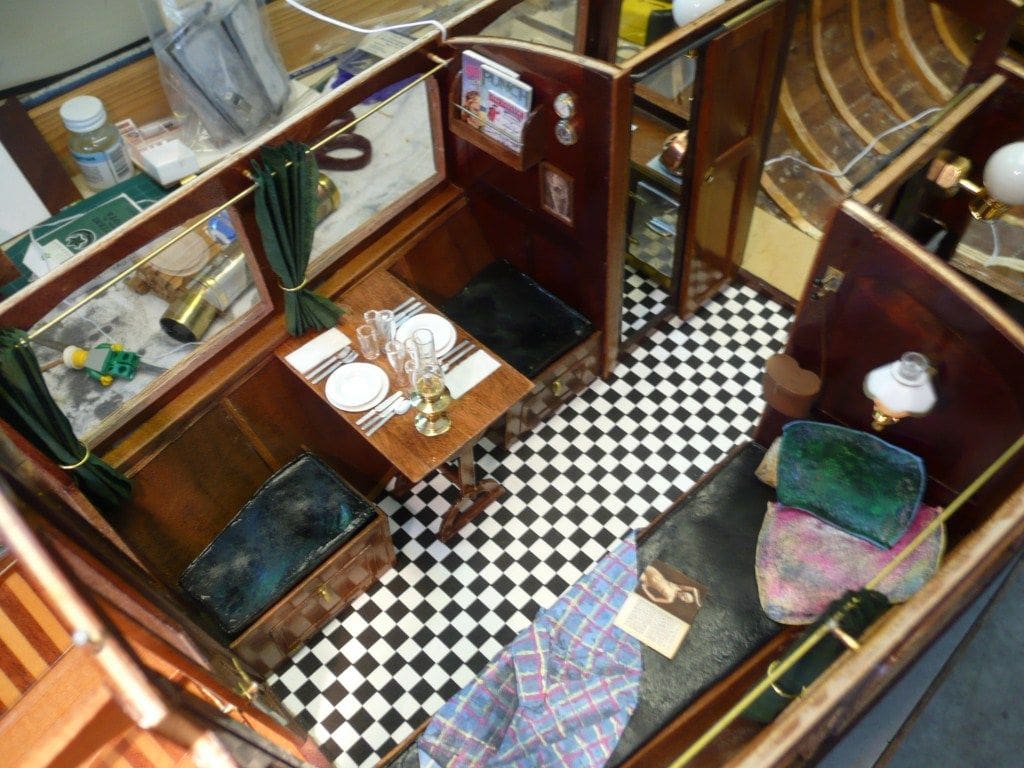
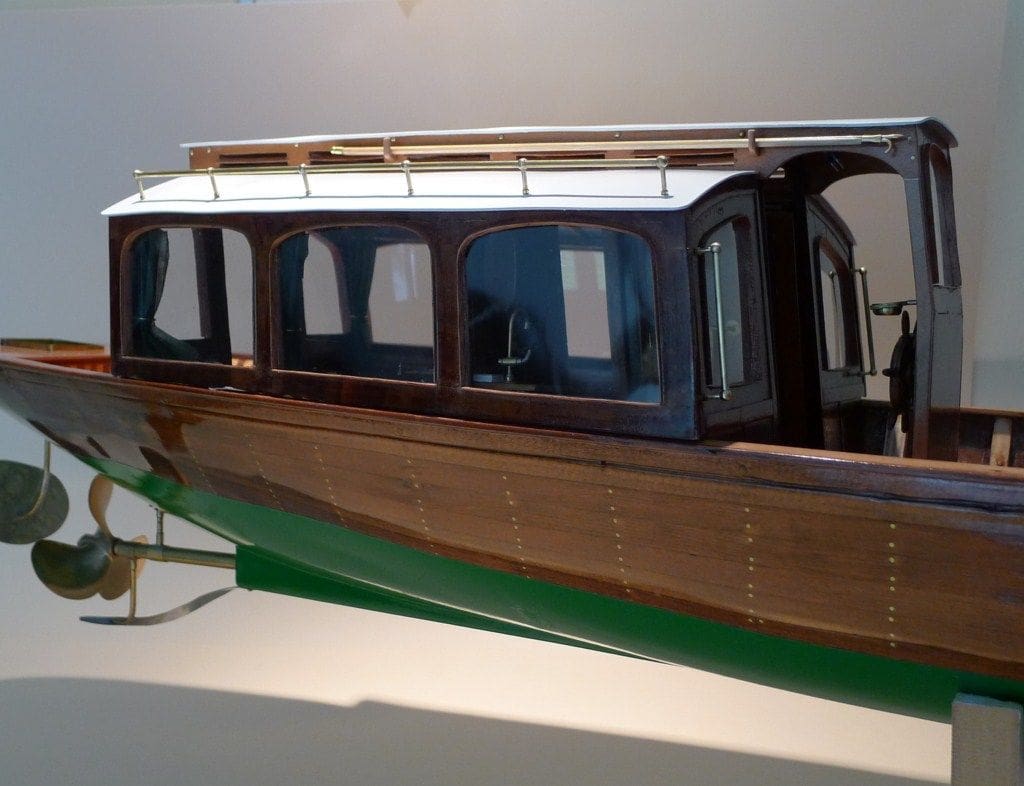
Naivety, stupidity or just ego? I’ve regularly shaken my head and marvelled at the gall to think I could scratch build the late-Victorian steam launch Branksome to a scale of 1:12 as I had not built a model since I was 17, alas some four decades previously!
The project began when on holiday in the English Lake District and at the Steam Boat Museum where I fell in love with Branksome and the museum’s model of her and yes, they sold plans! So, the deed was done.
Enjoy more Model Boats Magazine reading in the monthly magazine.
Click here to subscribe & save.
I brooded over those plans for several years, procrastinating and thinking about the build, buying books on model boat building and girding my loins for what I soon realised was to be a daunting project. Not only did I want to build a reasonable replica of the original, but I wanted to do it from scratch, including milling all the wood and if possible, building the steam plant. I soon abandoned this last idea as ridiculously optimistic and too quickly as it so happened, because I purchased a steam plant from a private advertisement. It was a dud and still languishes with a model steam engine builder who is trying to coax the Reeves Marcher engine back to life. Thus, an unhappy start and as Richard Simpson in MB has regularly suggested, when buying secondhand privately, you should always demand to see the steam plant functioning. If you can’t get to see it, then don’t buy it!
Hull construction
This went much better. I bought a couple of guitar-quality red cedar boards from a friend, milled them into suitable planks on a table saw, tapered each one as necessary and laid them over the plywood ribs, all of which had their centre sections ready cut away – almost! The keel and stem are milled from cherry wood, and it was a treat to carve the bit at the top of the stem. The image for that came from the web and was roughed out with a Dremel tool, the carving being completed with a surgical scalpel and the aid of a large magnifying glass because my eyes aren’t what they used to be. That magnifying glass was soon replaced with a pair of glasses with a magnifier built into them just a couple of inches from the tip of my nose. Wearing them makes me look a complete idiot, but I wouldn’t be without them now.
I love the look of metal pins retaining the hull planks, so it has some 1,500 non-structural brass nails for that look. Each nail (which was just a length of fine rod) had a pre-drilled hole, then a dab of glue before being pushed home and snipped off with about 6mm exposed. Next, the Dremel tool, now with a cut-off blade, trimmed the rod almost flush and sanding completed the task, but yes, I cheated as there are no nails below the waterline as the underwater section was to be painted. The hull was coated with fibreglass resin on the inside after planking and certainly seems to be strong and rigid. The exterior bare wood surfaces had interminable coats of gloss varnish, applied by brush, rubbing down between applications.
The interior vertical striped woodwork that was so typical of that era, is superglued wooden strips alternating yellow cedar and mahogany, all then sanded and varnished. The forward and aft decks are fir planks separated with black strips of paper to mimic caulking. I realise that such decks probably shouldn’t be varnished to be authentic, but hey, it’s my model!
I’ve spent my professional life studying Britain between WW1 and WW2 and this remains my favourite historical period. So, I decided that the model would represent Branksome had I been in Britain in 1932. For that reason I’ve taken liberties with the fitting out of the model.
For example, the original has benches running down the insides of the saloon, facing each other. However, I wanted a proper dining table, but still wanted space for my afternoon nap! Equally, the galley and toilet are only vaguely true to the original. This toilet of which I am rather proud, is a GRP casting from an egg cup with an aluminum cigar tube and yes, both lids function, although I must admit they lift only to fall back at precisely the wrong moment, something many men have experienced no doubt!
The sink in the galley and the pillows and cushions in the saloon are also GRP castings. The table is set for dinner using plates made from soft-drink aluminum tins pressed between male and female wooden plate moulds and the cutlery is from the same aluminum. This is wonderful stuff to work with, being malleable and it takes precise scissor cuts. The drinking glasses are glass tubes heated until molten, stretched to form the stem and then with clear plastic discs added as bases.
The lights are purchased and connected to wiring within the hull and bulkheads. Supposedly of 1:12 scale, some of these lights struck me as being too large, and the dining table lamp was therefore reduced in height by 6mm. All these fittings are securely glued in place as the model will be fully r/c functioning.
The magazines, books, food containers and art are period correct for the 1930’s and are images from the web which a friend kindly ‘Photo Shopped’ and shrunk to size. Some may not like all this bric-a-brac, but I think it looks just fine and pro-typical.
I recently bought a micro-lathe on eBay and have dipped my toes into turning. If nothing else, turning the engine room telegraph (Branksome of course didn’t have one, but my boat does because I like ‘em!) and the ship’s wheel confirmed my deep admiration for skilled machinists. The ships wheel is not exactly perfect, but was so labour intensive that I won’t redo it.
What’s left?
Plenty, but the end is in sight. I hope to roof the saloon shortly and build the wheelhouse. Then, assuming my friend, the model steam plant engineer gets my Reeves Marcher running, there’s that to install together with its wooden covers. Also there are the electronics, of which I have no experience, the bright work, stanchions fenders etc. Finally there will be the christening, though her final name will remain a secret until then. So, yes, lots still to do. This has been a massive project but a real pleasure and a healthy foil to my academic life. It confirms my theory that naive optimism is very handy!
(This was received in late 2011 – no doubt Thor will update us when his model is finally complete – Editor)



